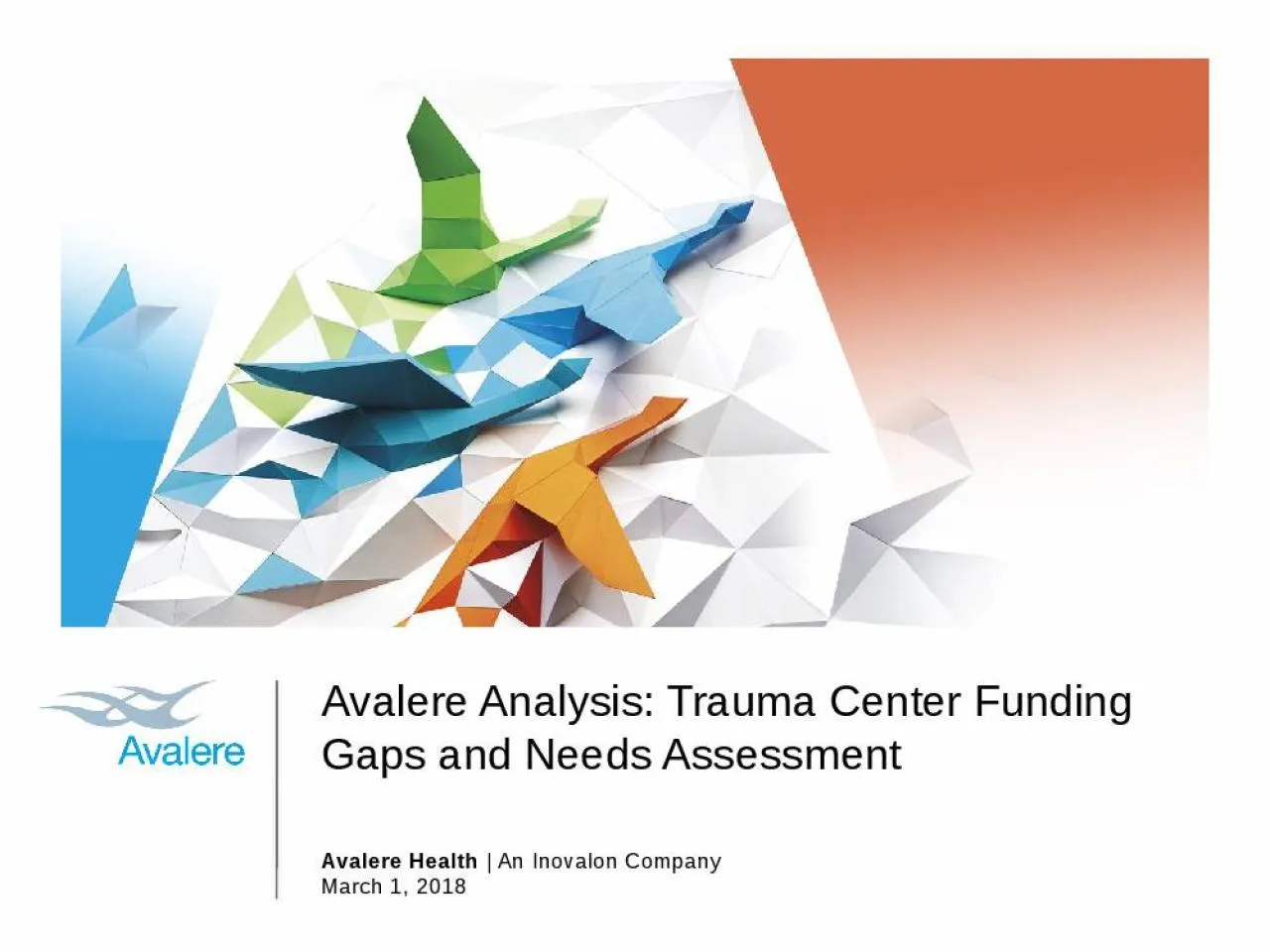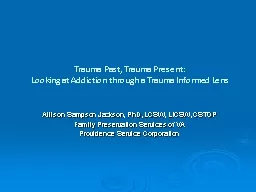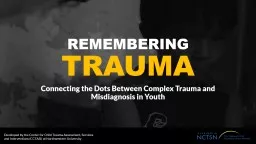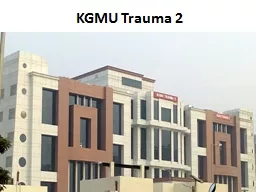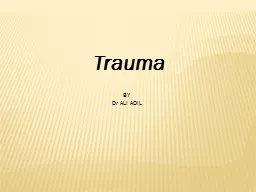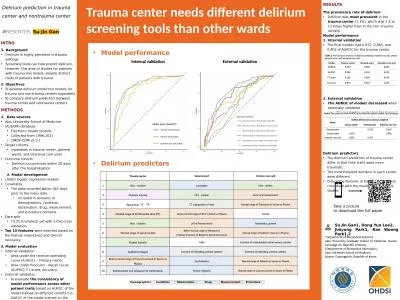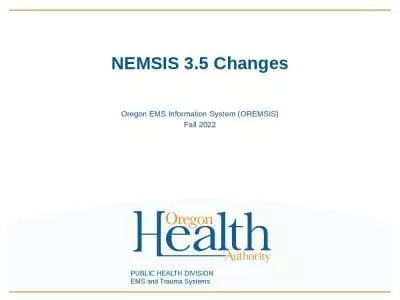PPT-Avalere Analysis: Trauma Center Funding Gaps and Needs Assessment
Author : christina | Published Date : 2022-04-06
Avalere Health An Inovalon Company March 1 2018 Table of Contents 2 1 Needs Assessment Overview Key Trends Reshaping the Trauma Center Landscape Key Pressures
Presentation Embed Code
Download Presentation
Download Presentation The PPT/PDF document "Avalere Analysis: Trauma Center Funding..." is the property of its rightful owner. Permission is granted to download and print the materials on this website for personal, non-commercial use only, and to display it on your personal computer provided you do not modify the materials and that you retain all copyright notices contained in the materials. By downloading content from our website, you accept the terms of this agreement.
Avalere Analysis: Trauma Center Funding Gaps and Needs Assessment: Transcript
Download Rules Of Document
"Avalere Analysis: Trauma Center Funding Gaps and Needs Assessment"The content belongs to its owner. You may download and print it for personal use, without modification, and keep all copyright notices. By downloading, you agree to these terms.
Related Documents

